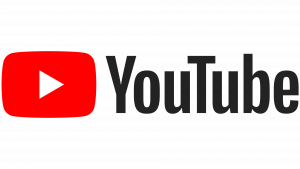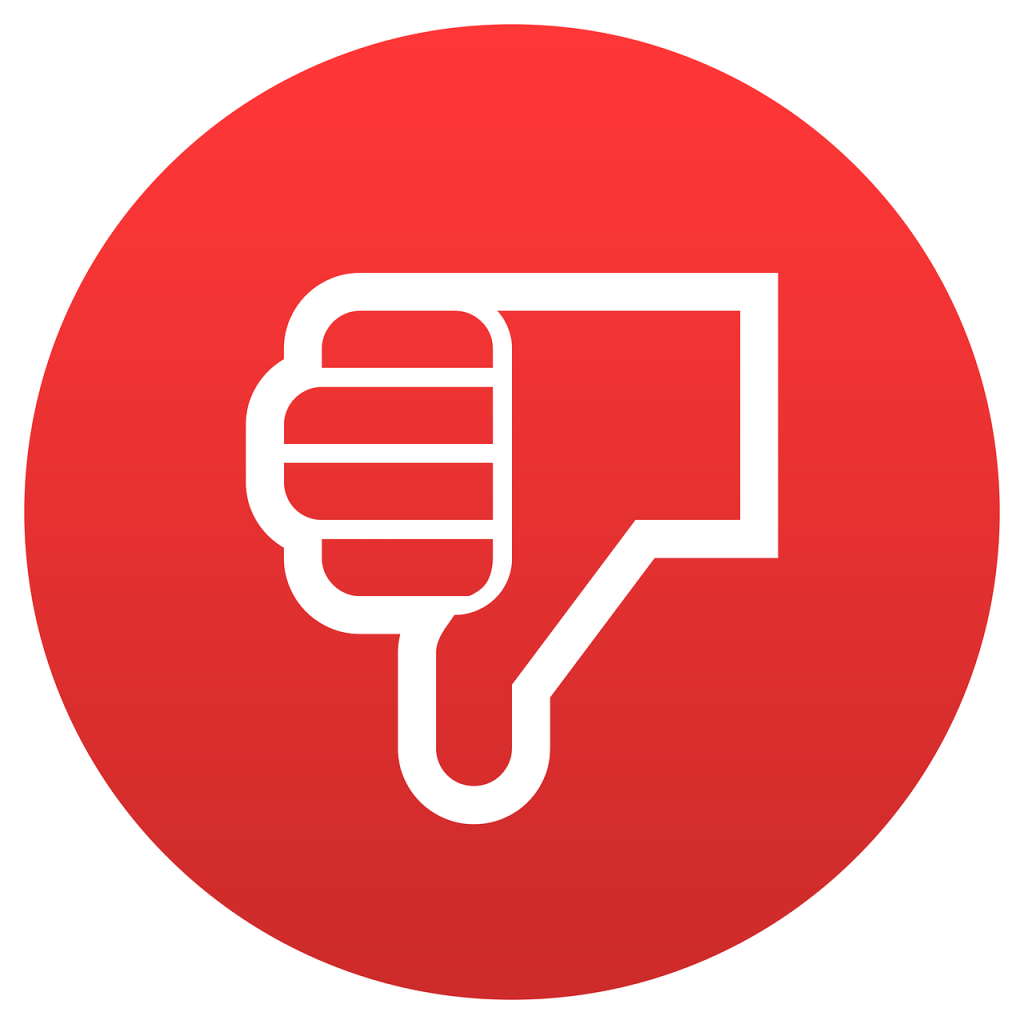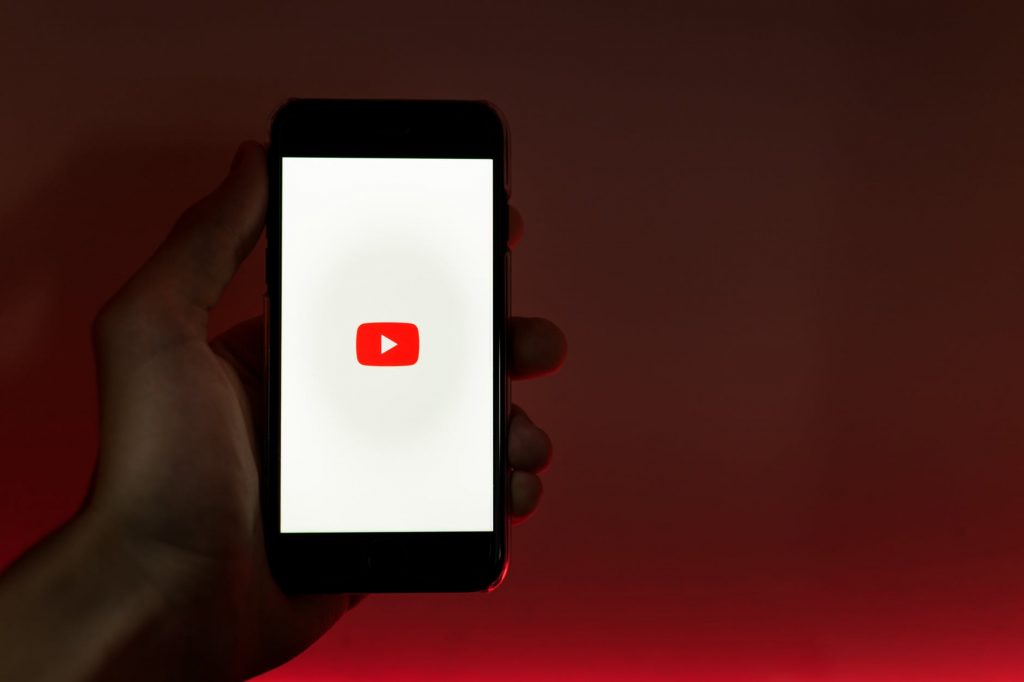Worldwide, users watch 1 billion hours of YouTube videos every day, making it the second most visited website in the world – and second only to the search engine giant – Google.
This raises the question:-
What makes YouTube so special?
YouTube is a state-of-the art platform that gives creators, influencers and vloggers the chance to earn millions. From beauty, to fashion, to gaming, YouTube is the gateway to hours upon hours of streaming, no matter your interest. The clever invention of the ‘autoplay’ button, which immediately starts playing the next video in the ‘queue’, hooks viewers, making it extremely hard to break the cycle. I know I am not alone when I try to tell myself ‘just one more’ video – 6 ‘one more’ videos later, and I still can’t bring myself back into the real world. Complex computer algorithms within the platform record and remember viewers’ interests and disinterests, meaning you may find that the vast percentage of the videos ‘suggested’ on your home feed will unsurprisingly be linked to your previous video history. Ultimately, this creates a unique YouTube experience for every person.
YouTube is a place where people can show off talents, express themselves, glamourise everyday activities – and get paid for it! An average YouTuber may get paid £2-3 for every 1,000 views on the platform (depending on factors such as sponsorship and advertising revenue), whereas more mainstream YouTubers can earn millions every day. Due to the tempting paychecks, flexible work hours, and large creative licence, becoming a ‘YouTuber’ is gradually becoming a sought after profession.

YouTube’s easy to use interface makes it one of the most favoured (and profitable!) social media platforms in the world. Throughout the YouTube experience, users have a myriad of opportunities to interact with the platform, choosing which channels to ‘subscribe’ to, commenting on videos, and ‘liking’ their favourites, to name just a few. Recently, one of the most controversial interaction opportunities – the ‘dislike’ button, has seen major changes – but why?
YouTube officially announced in November 2021 that while the actual ‘dislike’ button will remain, the ‘dislike’ counts will be private to the video’s creator.

In other words, we can still dislike videos to tailor our personal content on the platform, but we cannot see how many other people have also disliked the video. This follows an experiment conducted in early 2021 by YouTube’s data analysts to see whether or not changes to the ‘dislike’ button could protect creators from harassment and reduce ‘dislike attacks’. YouTube had previously seen an increase in ‘dislike attacks’ – where communities or groups of people work together to deliberately increase the number of dislikes on a creator’s video. The motives behind these ‘dislike attacks’ are still relatively unclear, perhaps the groups in question had a personal vendetta against a specific creator or simply didn’t like what they stand for. Nevertheless, this definitely goes against YouTube’s policy to give every creator a voice – how can they do this if their videos are being publicly targeted?
In other words, we can still dislike videos to tailor our personal content on the platform, but we cannot see how many other people have also disliked the video. This follows an experiment conducted in early 2021 by YouTube’s data analysts to see whether or not changes to the ‘dislike’ button could protect creators from harassment and reduce ‘dislike attacks’. YouTube had previously seen an increase in ‘dislike attacks’ – where communities or groups of people work together to deliberately increase the number of dislikes on a creator’s video. The motives behind these ‘dislike attacks’ are still relatively unclear, perhaps the groups in question had a personal vendetta against a specific creator or simply didn’t like what they stand for. Nevertheless, this definitely goes against YouTube’s policy to give every creator a voice – how can they do this if their videos are being publicly targeted?
YouTube also revealed that smaller creators who were just getting started on the platform had reached out to say that they were “also being unfairly targeted by ‘dislike attacks’ ”. This, along with conclusive data evidence to show that privatising dislike counts reduces unfair ‘dislike attacks’, gave YouTube the grounds to permanently change the ‘dislike’ button – and the future of the site.
This raises my third and final question:-
Was this the right decision?
The Twitter and Facebook community were outraged after YouTube announced their decision late last year, with many users complaining that the experience just “wouldn’t be the same”. Many users argue that viewing ‘dislike’ counts were a good way to judge whether the video would be worthwhile and helpful watching, especially when it came to tutorial videos or ‘how to…’ videos. One of the biggest critic voices on this decision is none other than YouTube co-founder himself – Jawed Karim. According to Karim, the dislike feature was part of a process that worked, which he deems “the wisdom of crowds.” When asked more about his opinion, he said:

While Karim is obviously against the removal of dislikes, I personally believe that we have to trust YouTube’s decision. Before 2009, the platform operated on a 5-star rating system (before it was acquired by Google). There have been changes in the past, and there will inevitably be changes in the future. We cannot change YouTube’s decision, but we can learn to adapt to a more positive world.
Is it really that much of an inconvenience to spend a few minutes watching videos to decide for ourselves whether they are worth watching? Is it really so annoying that we are given more freedom to choose what we think instead of feeling pressured by the mass opinion? Is it really so awful that we are helping the mental health and wellbeing of creators? You tell me.
About Post Author
Olivia @ Sheffield Girls
Hi, I’m Olivia, and I’m a Digital Leader in Y10. My digital interests are coding, social media sites and AI. I enjoy music and play the piano and violin in school ensembles. I also enjoy walking in the Peak District, cycling and reading.
